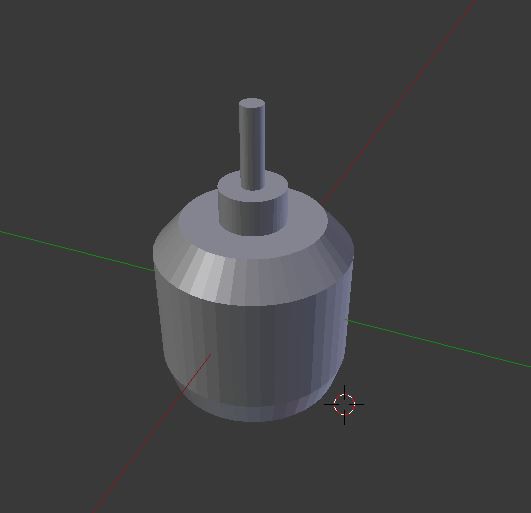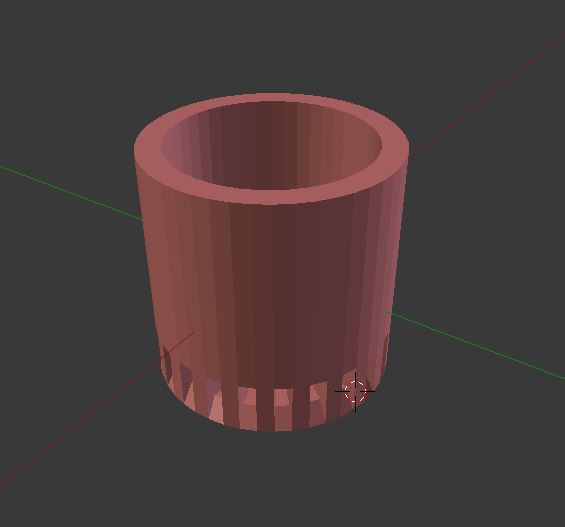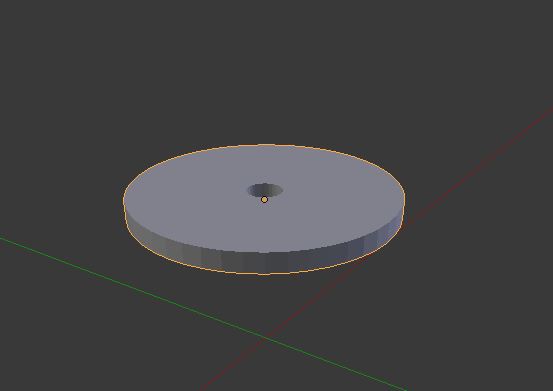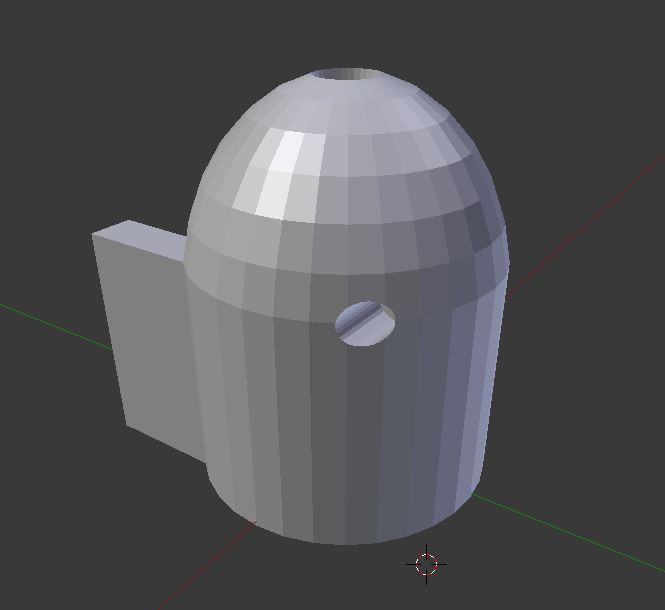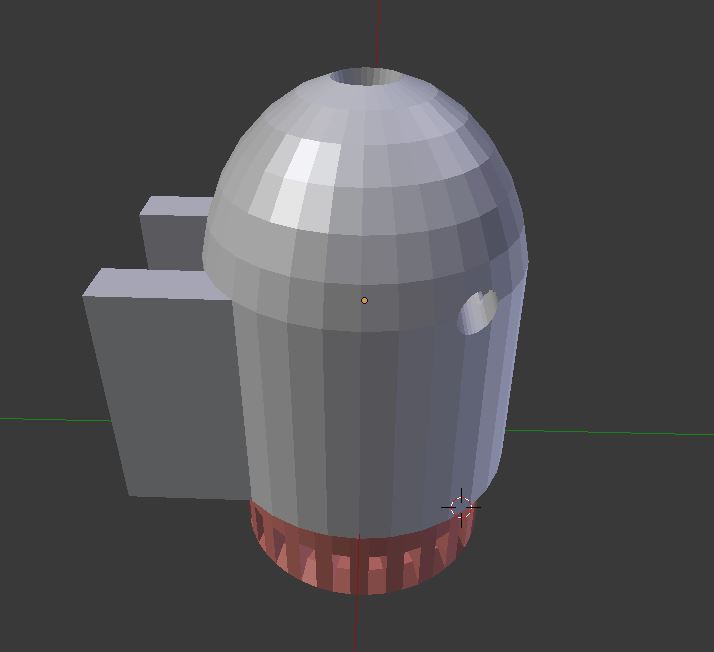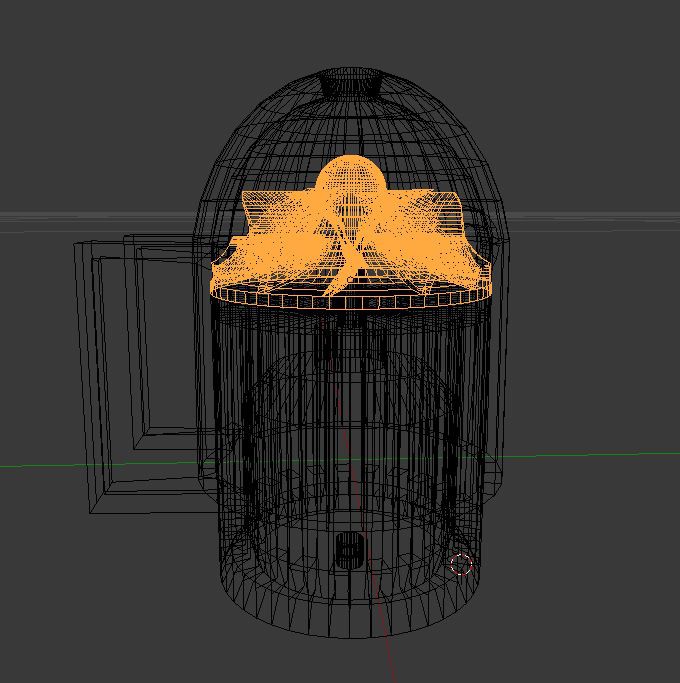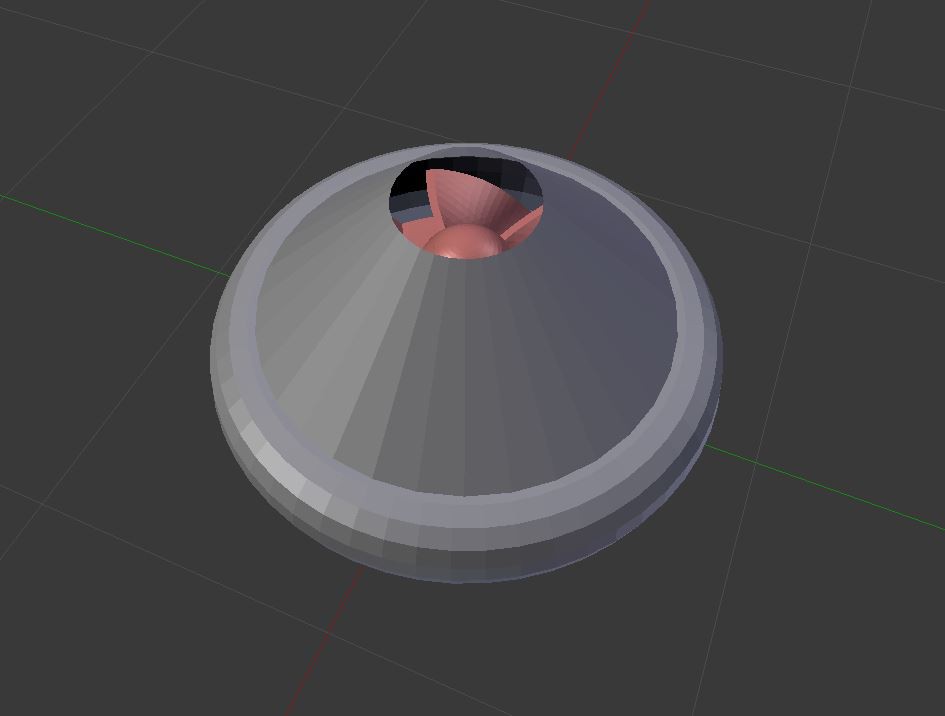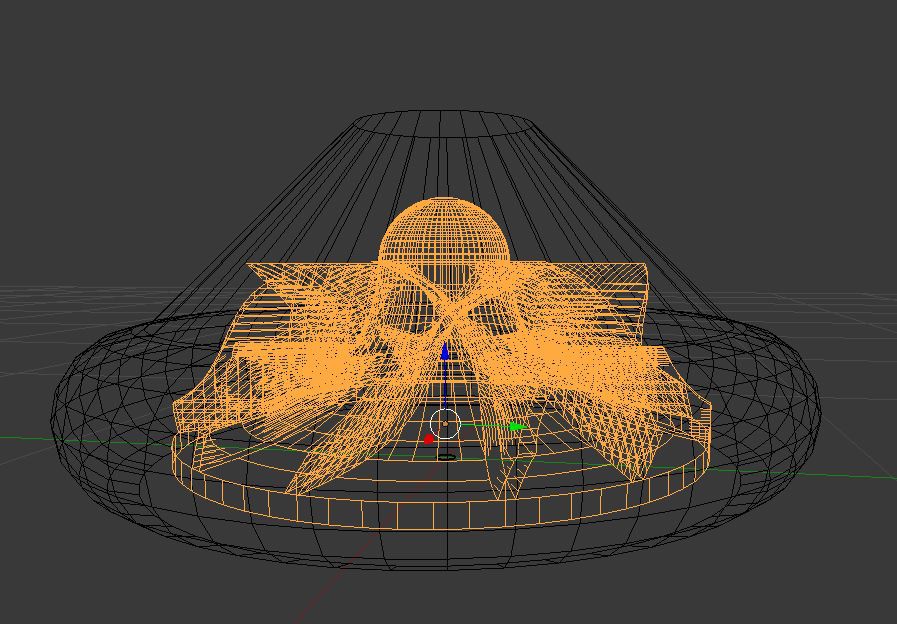Subsystems/Core Features
- Structure
- Shell- Each of face of Nautilus’ shell will be constructed individually from sheet metal or will be high quality 3D printed. This is cubic in shape.
- Hatch- One face of the ROV, the “hatch,” will open to allow easy interior access.
- Shelves-All inner components will be placed on a shelf system which will allow for easier and quicker access.
- Waterproof- Of course the entire shell will be watertight, including the closed hatch.
- Power
- Battery- Lithium polymer batteries will power the system.
- Electronics
- Raspberry Pi- A Raspberry Pi will act as the brains of the entire ROV
- LEDs- Super bright LEDs will illuminate dark underwater environments.
- Motion
- Motor/Hydrojet- A set of motors will be used to power high pressure pumps which will allow for upward and forward motion. This starts with the idea of a centrifugal pump. A centrifugal pump uses an impeller to create a vacuum within it's housing, allowing for a fluid of some type to be drawn into the pump. As the fluid hit s the impeller it is shot radially outwards to the housing and is spun around rapidly. The impeller then pushes the fluid up through another opening; here is where the water jet propulsion comes into play.
- Reaction Wheel- In order to turn the forward motion into leftward or rightward motion, a reaction wheel will be used to to rotate the craft along the z axis. A reaction wheel basically creates an internal torque, and in order to compensate (conservation of angular momentum) the entire ROV reacts with a torque in the opposite direction.
- Sensors
- Sonar- Terrain mapping
- Camera- TImelapses and photos
Everything is subject to change based on time, funding, my skills, and available space.
 Halek
Halek